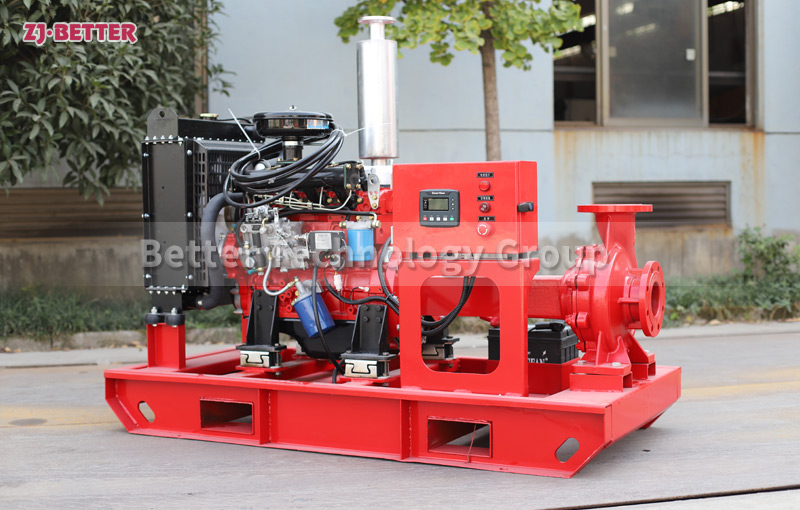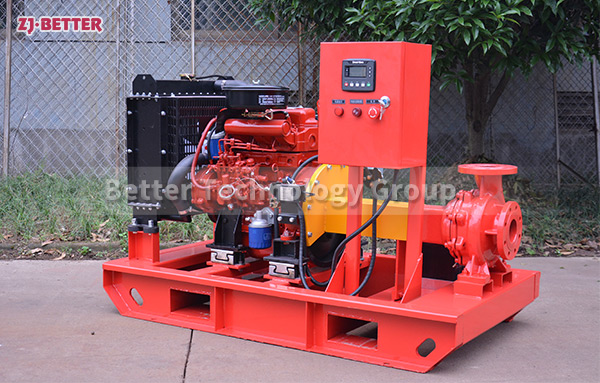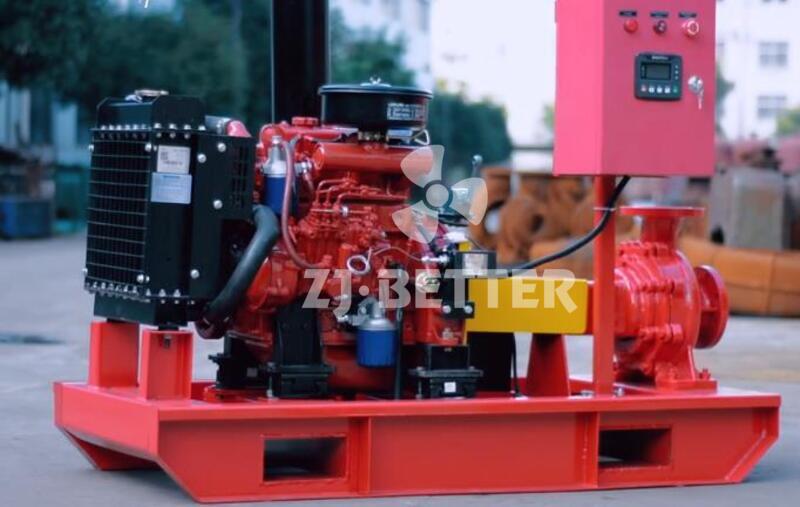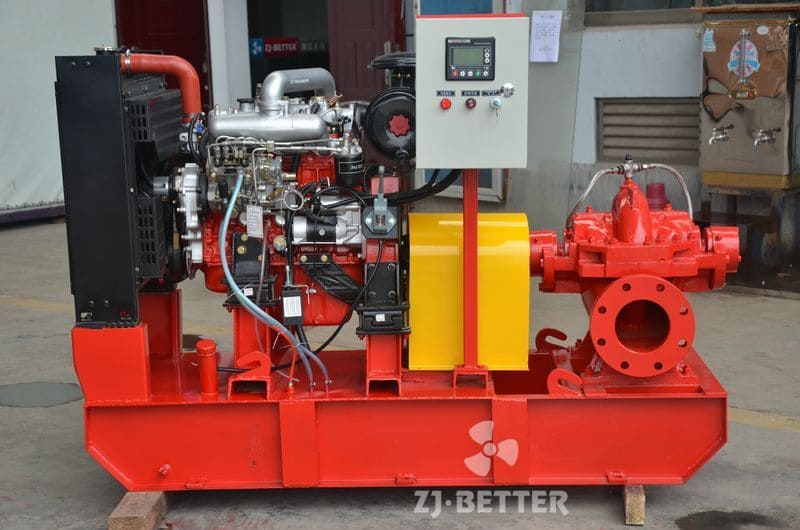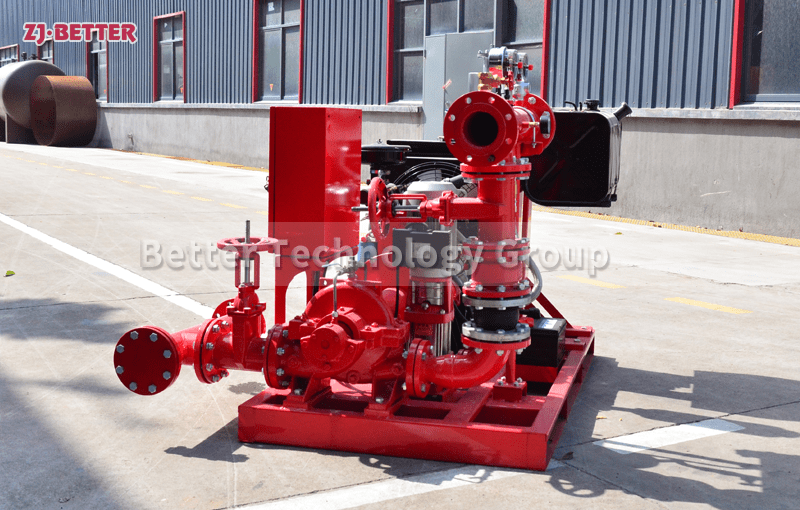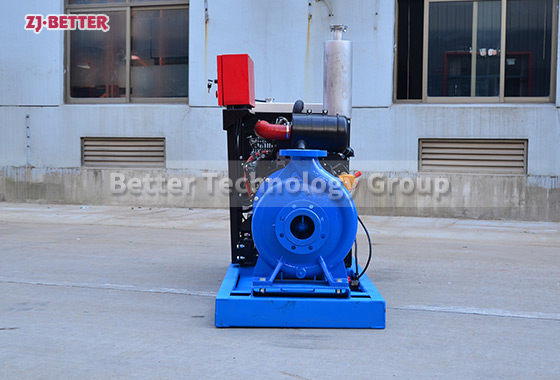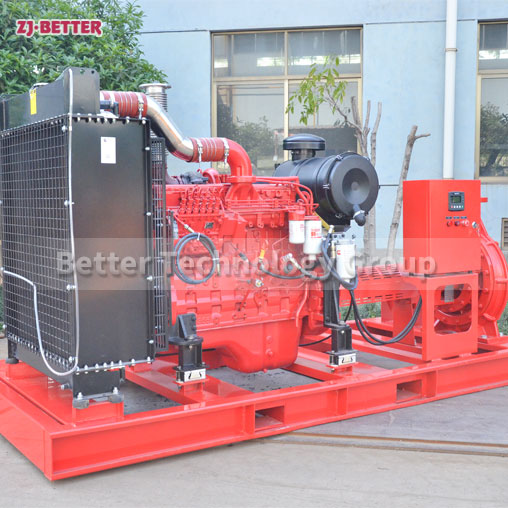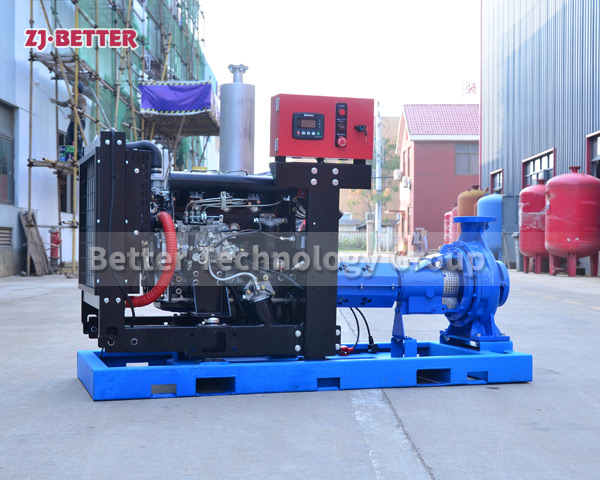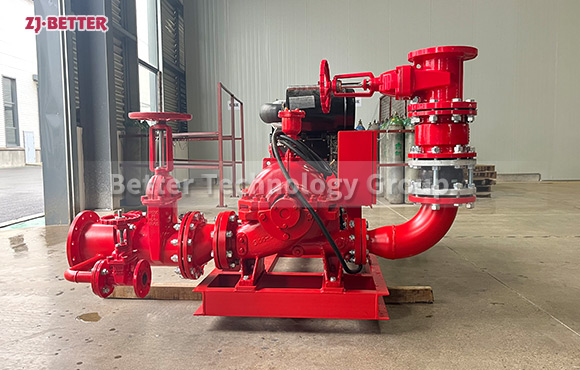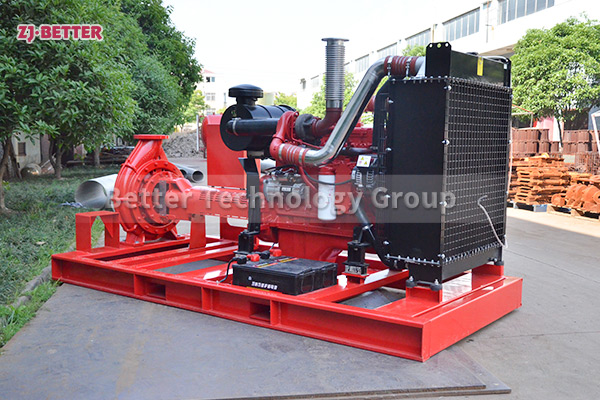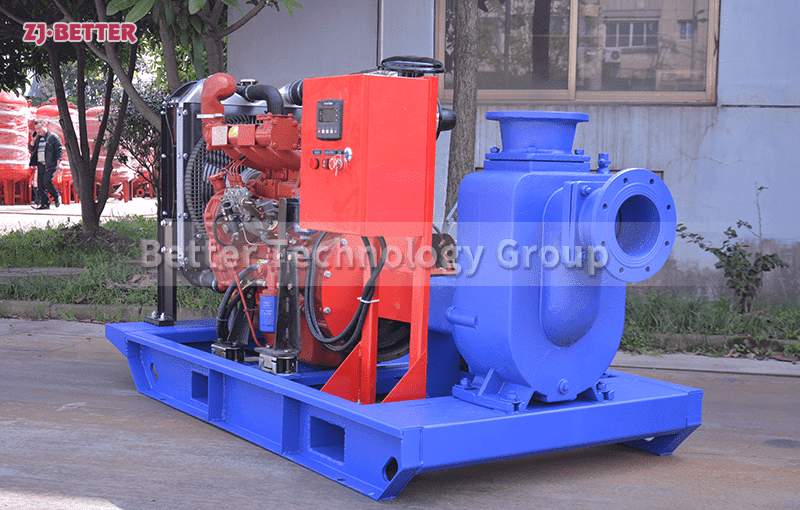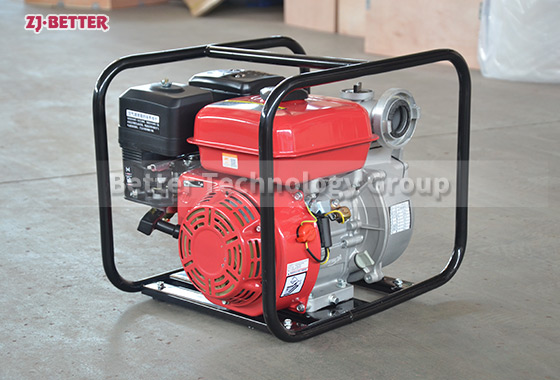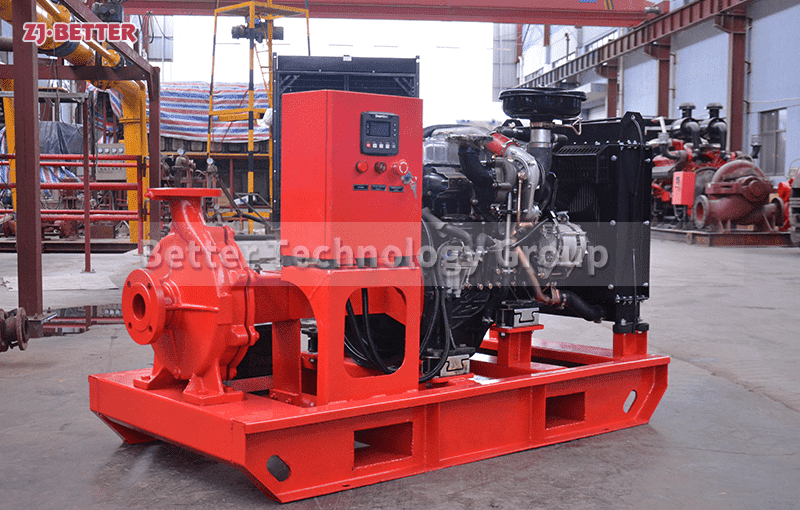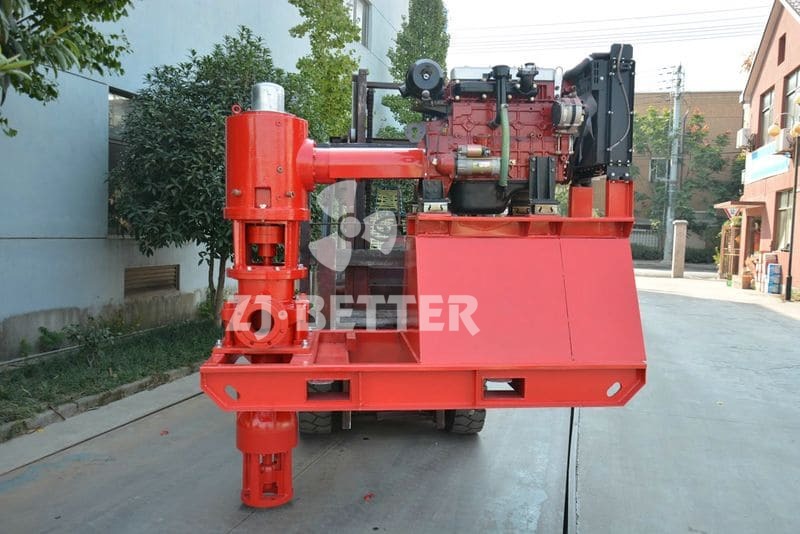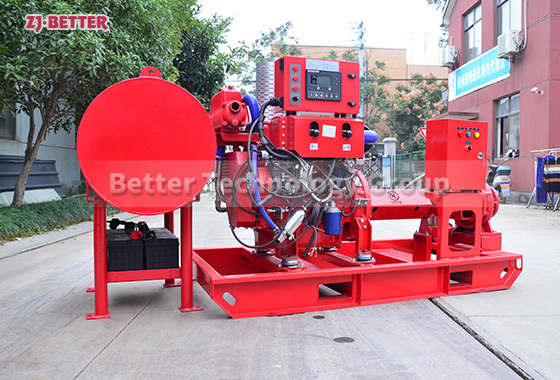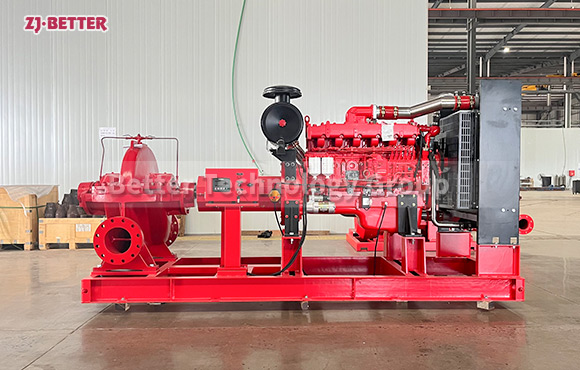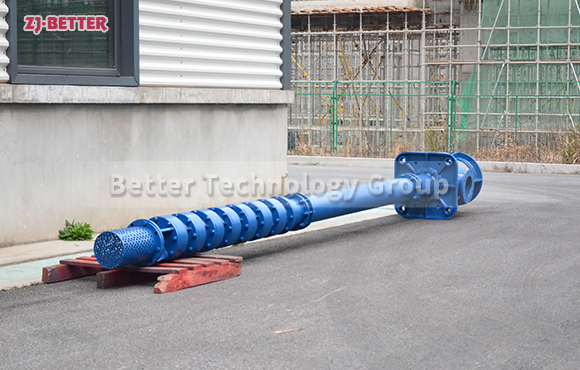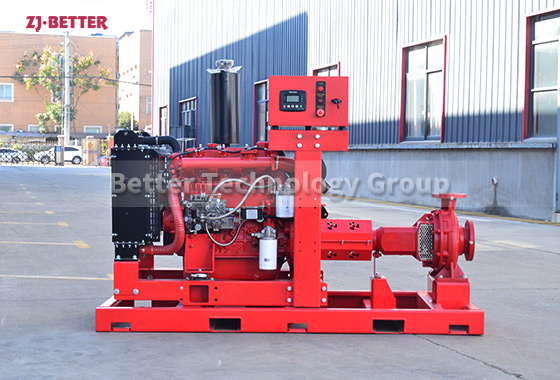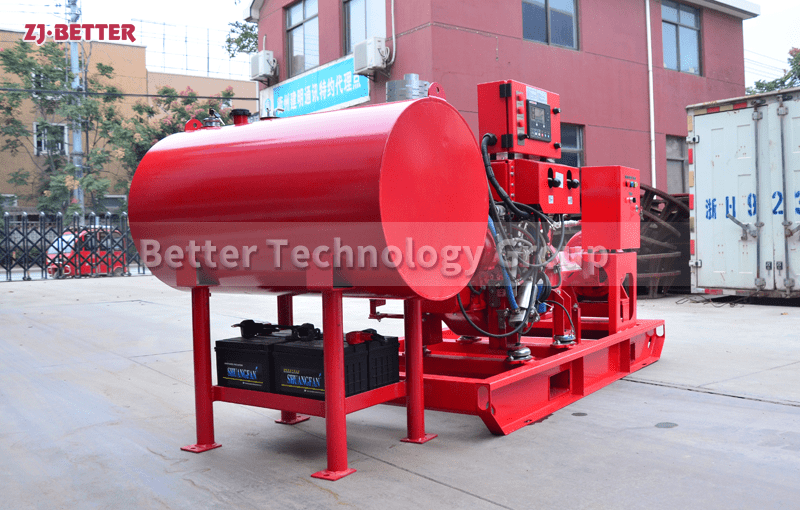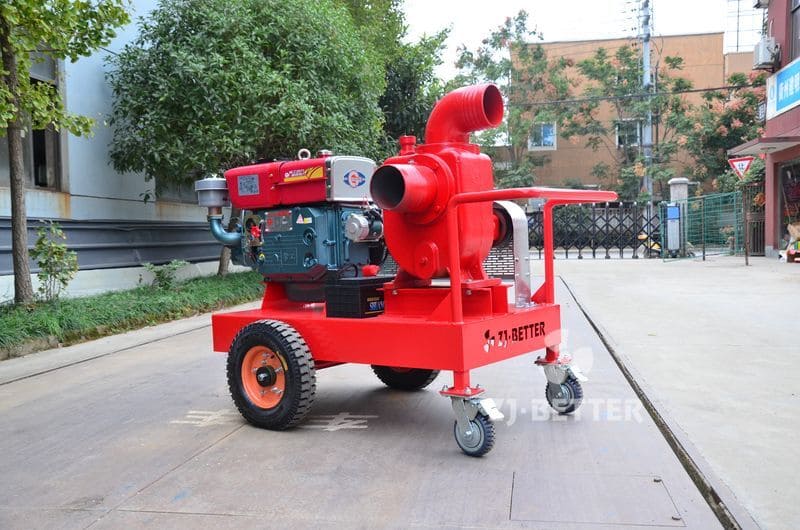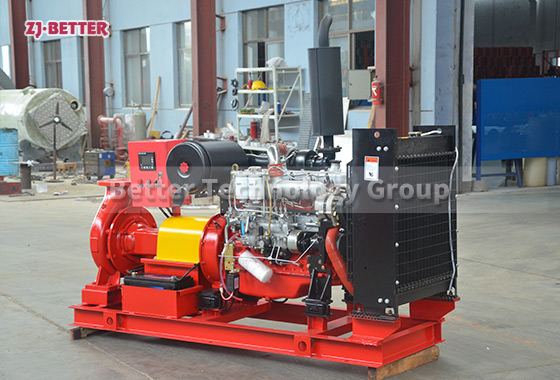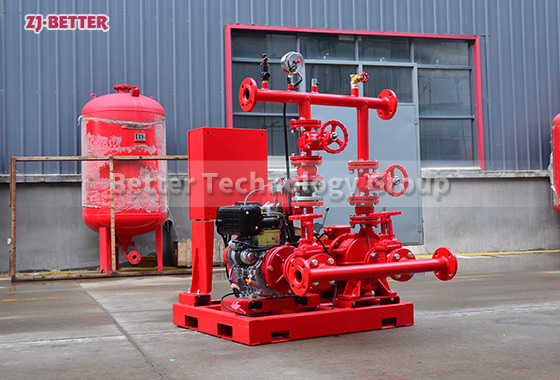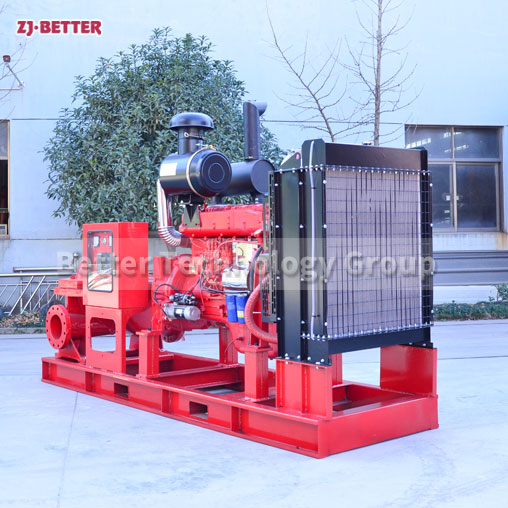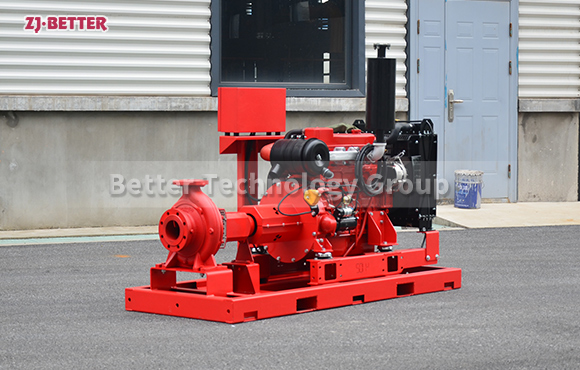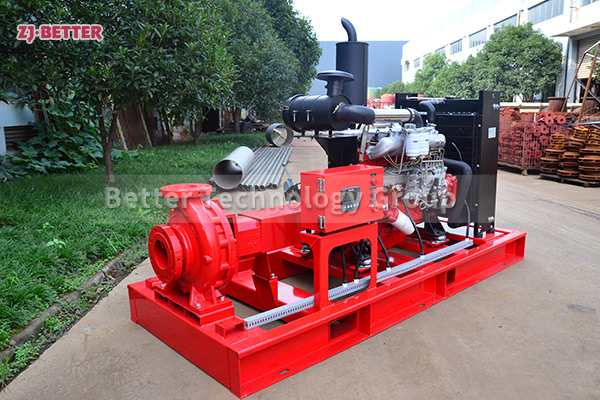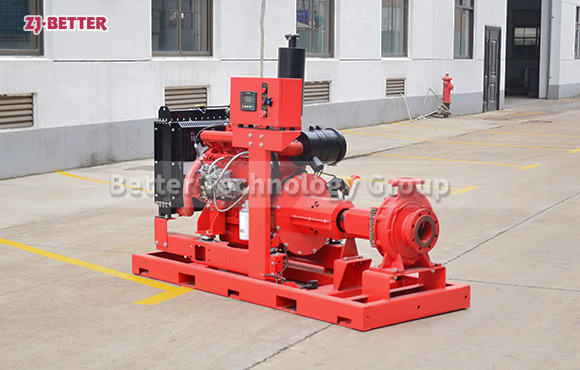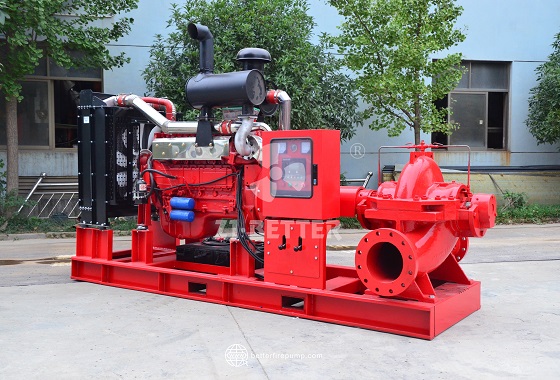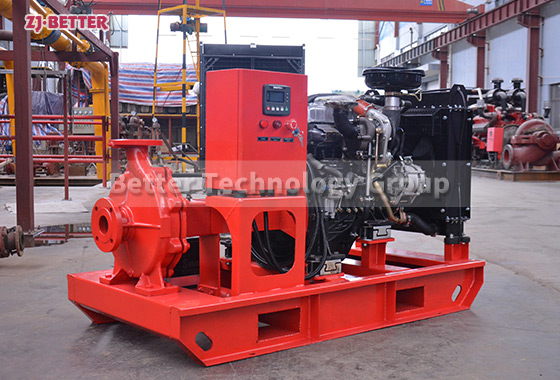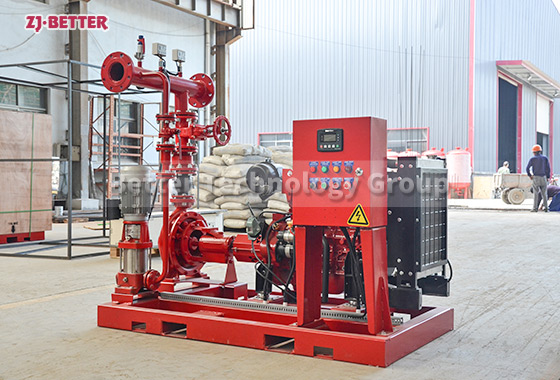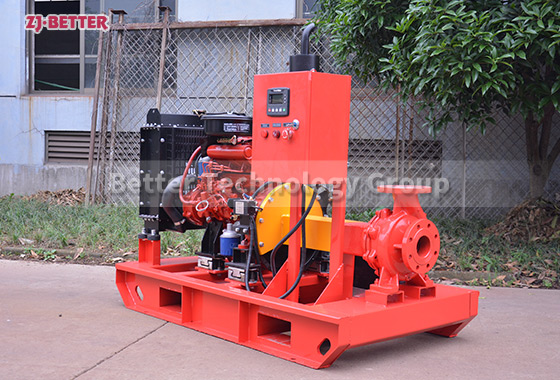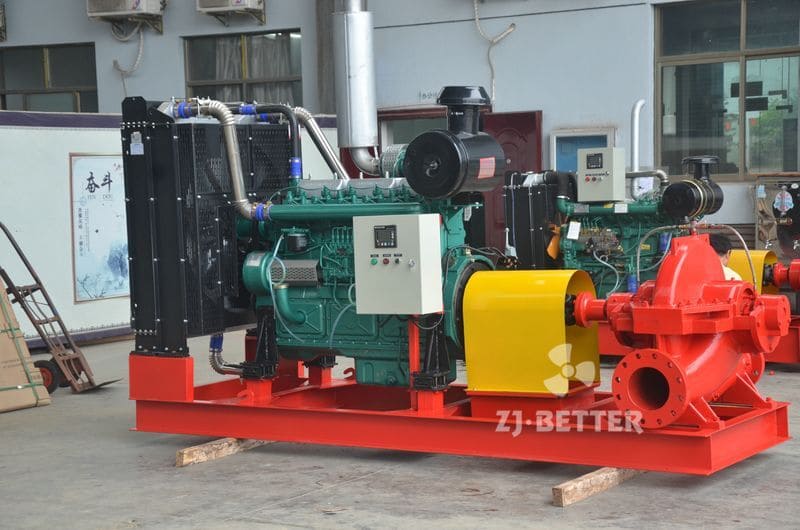Diesel engine fire pump is a good water supply equipment
Diesel engine fire pumps can be used for fire water supply in warehouses, docks, airports and other places. We usually choose the appropriate diesel engine fire pump model application according to the head, flow rate, power, medium properties, required materials, etc. provided by the user. In order to avoid mistakes, the loss caused by the installation environment will also be considered comprehensively to ensure stable and reliable efficiency.
Diesel engine fire pump is a good water supply equipment, which is widely used in both ordinary water supply and fire water supply. As long as you choose the appropriate model to match the application, and do a good job of inspection and maintenance, the diesel engine fire pump will basically not fail. Diesel engine fire pumps are highly automated, and can be equipped with different operating systems according to the needs of use. They have strong overload capacity, convenient maintenance, and good start-up characteristics. Since there are so many advantages in use, the daily inspection and maintenance work should be more meticulous. The daily maintenance of the diesel engine fire pump must check the fuel tank, battery, transmission connection plate, connecting screws, check the three leaks (water, oil, gas) – check the sealing surface of the oil pipe and water pipe joint, etc.

